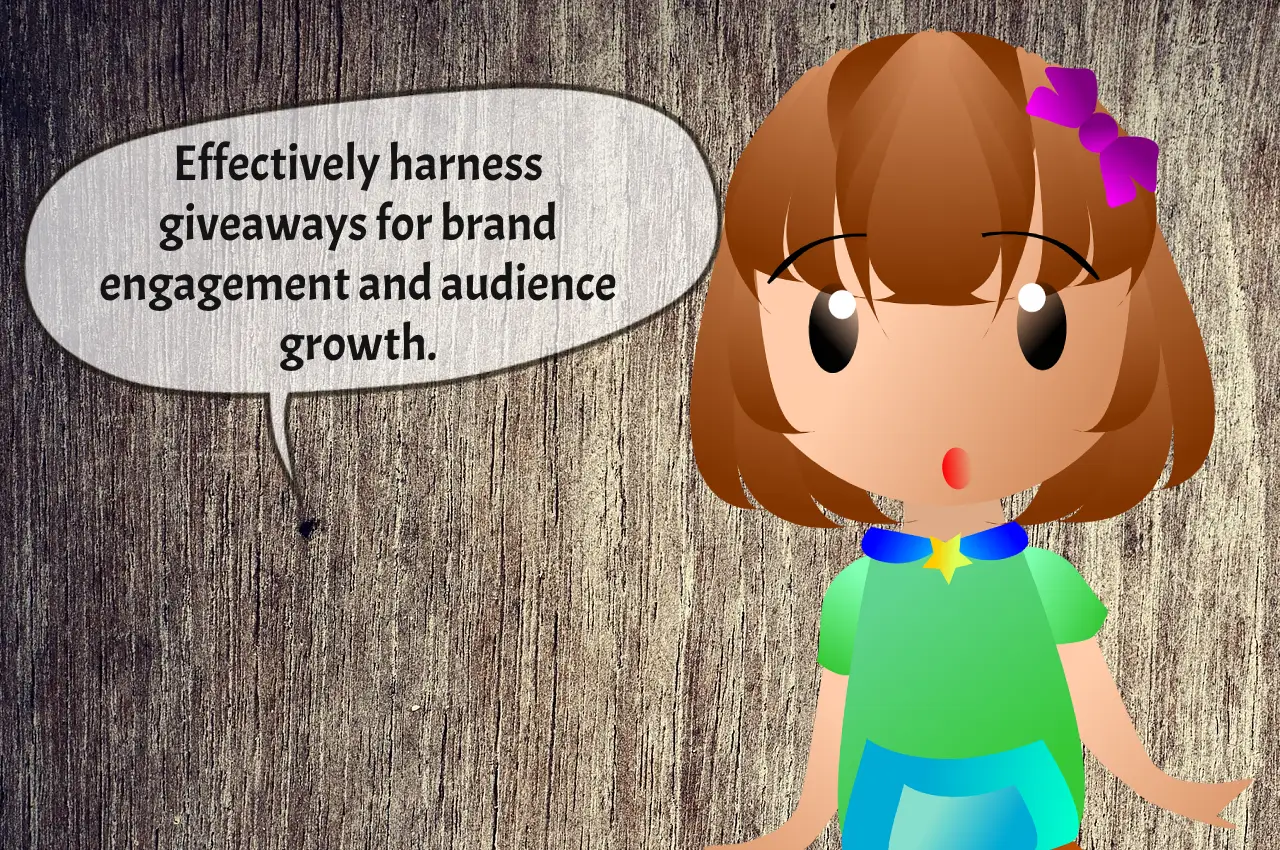Imagine you’re walking through a store, your eyes landing on a product. Without realizing it, your brain responds, influencing your decision to buy or not. This is where neuromarketing comes into play, a field that combines neuroscience and marketing to understand these unconscious responses. It’s not just about what consumers say they like, but what their brains actually respond to.
Understanding Neuromarketing
Neuromarketing uses advanced technology to measure brain activity. It reveals how consumers react emotionally and cognitively to marketing stimuli. This approach goes beyond traditional surveys and focus groups. It uncovers the hidden aspects of consumer decisions.
Technologies Behind Neuromarketing
EEG and Eye Tracking: Electroencephalography (EEG) tracks brainwave patterns. Eye tracking monitors where and how long a person looks at something. Combined, they offer insights into attention and engagement.
fMRI: Functional Magnetic Resonance Imaging (fMRI) shows which areas of the brain are active during specific tasks. It’s key in understanding deep-seated preferences and aversions.
GSR: Galvanic Skin Response (GSR) measures sweat gland activity, indicating emotional arousal.
These tools help marketers see beyond what consumers can articulate.
Case Studies: Neuromarketing in Action
Product Packaging: A famous beverage company used it to redesign their packaging. Brain scans showed the new design triggered more positive responses, leading to increased sales.
Advertising Effectiveness: A car manufacturer tested different ad versions using EEG. They found that emotional storytelling resonated more with viewers than facts and figures.
Website Optimization: An e-commerce site used eye tracking to redesign their layout. The result was a more intuitive user experience, boosting sales.
These examples show neuromarketing’s practical applications.
Ethical Considerations
While promising, neuromarketing raises ethical questions. Concerns include manipulation and privacy. The industry needs clear ethical guidelines to protect consumers.
Neuromarketing for Small Businesses
This marketing isn’t just for big corporations. Small businesses can apply these principles too. Simple techniques like analyzing customer feedback or A/B testing advertisements can offer insights.
The Future of Neuromarketing
Neuromarketing is evolving. We’re seeing more affordable technologies and broader applications. Its potential in product development, branding, and personalized marketing is immense.
Deep Dive into Consumer Minds
Understanding the ‘why’ behind purchases can dramatically change marketing approaches. For instance, a study showed that certain colors in packaging elicit specific emotional responses. This knowledge enables brands to design products that resonate more deeply with their target audience.
Personalized Marketing: The Next Frontier
With neuromarketing data, personalized marketing reaches new heights. Brands can tailor their messages based on individual emotional and cognitive responses. This leads to more effective and engaging campaigns.
The Role of Emotions in Marketing
Neuromarketing has unveiled the paramount role emotions play in purchasing decisions. Emotionally charged marketing can be more impactful than logical appeals. Brands that connect emotionally with their audience tend to have higher loyalty and customer retention.
The Science Behind Brand Loyalty
Neuromarketing helps understand the neuroscience behind brand loyalty. It’s not just about the quality of products or services but how brands make consumers feel. This emotional bond is crucial for long-term business success.
Training Marketers for a Neuromarketing World
As this marketing gains traction, the need for skilled professionals grows. Marketers must understand not only the science behind it but also how to apply it ethically. Educational programs and workshops are becoming more prevalent to meet this demand.
**Integrating Neuromarketing with Traditional Methods**
While this type of marketing is groundbreaking, it doesn’t work in isolation. It complements traditional market research methods. For example, combining survey data with neuromarketing insights can provide a more comprehensive understanding of consumer behavior. This integrated approach leads to more informed marketing strategies.
Overcoming Skepticism and Misconceptions
Neuromarketing faces skepticism, often due to misconceptions about its purpose and methods. It’s not about mind control but understanding subconscious preferences. Clear communication and education about neuromarketing can help overcome these barriers.
Real-World Applications in Retail Environments
In retail, it can optimize store layouts and music selection to enhance shopping experiences. Studies have shown that certain music tempos can influence shopping speed and overall ambiance. Understanding these subtle influences can be a game-changer for retailers.
Impact on Online Shopping
Online, neuromarketing can revolutionize website design and digital advertising. For instance, analyzing how users interact with a website can lead to adjustments that reduce bounce rates and increase conversions.
Cultural Considerations in Neuromarketing
Cultural differences play a significant role in consumer behavior. Studies in this type of marketing must account for these variations to ensure their findings are relevant across different markets.
The Balance of Power: Consumer vs. Marketer
Neuromarketing shifts some power back to marketers in an era where consumers are increasingly savvy. However, this power must be wielded responsibly, with a focus on enhancing consumer experience rather than exploitation.
The Role of AI in Neuromarketing
Artificial intelligence (AI) is starting to play a role in neuromarketing, analyzing large datasets more efficiently than humans. This integration could lead to even more precise consumer insights.
Neuromarketing in Political Campaigns
Beyond business, it has implications for political campaigns. Understanding voter emotions and reactions can help craft more effective political messages.
Future Challenges and Opportunities
As technology advances, neuromarketing will face new challenges and opportunities. Staying ahead of ethical concerns while leveraging emerging technologies will be key.
Embracing the Neuromarketing Revolution
Neuromarketing is changing how we understand consumer behavior. It offers a deeper, more accurate view of what drives decisions. Marketers should embrace this tool to create more effective, consumer-centric strategies.
We’ve delved into this fascinating world. Now, we want to hear from you! Do you think neuromarketing is the future of advertising? How do you see it impacting consumer choices? Share your thoughts in the comments below. Let’s start a conversation about the ethical boundaries and possibilities of this intriguing field!





